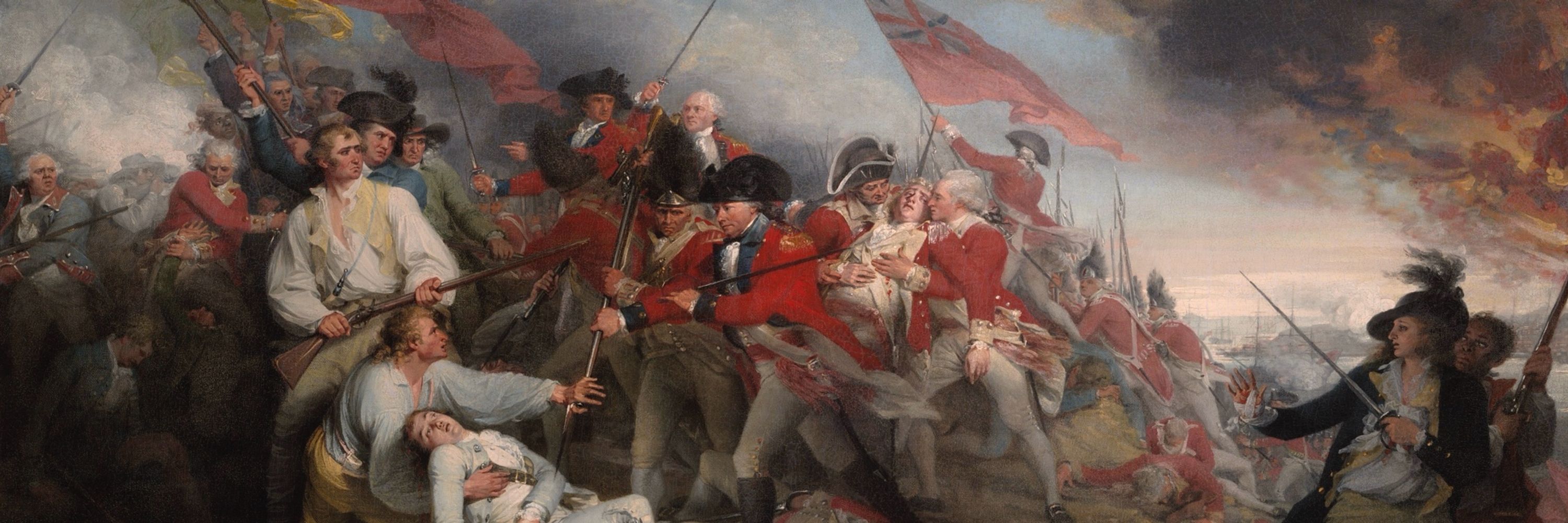Revolutionary War 250
@revwar250.bsky.social
1.1K followers
32 following
7.5K posts
Posts from 1775! The American Revolution and War of Independence and the world in which they happened, 250 years ago.
Posts
Media
Videos
Starter Packs
Pinned













